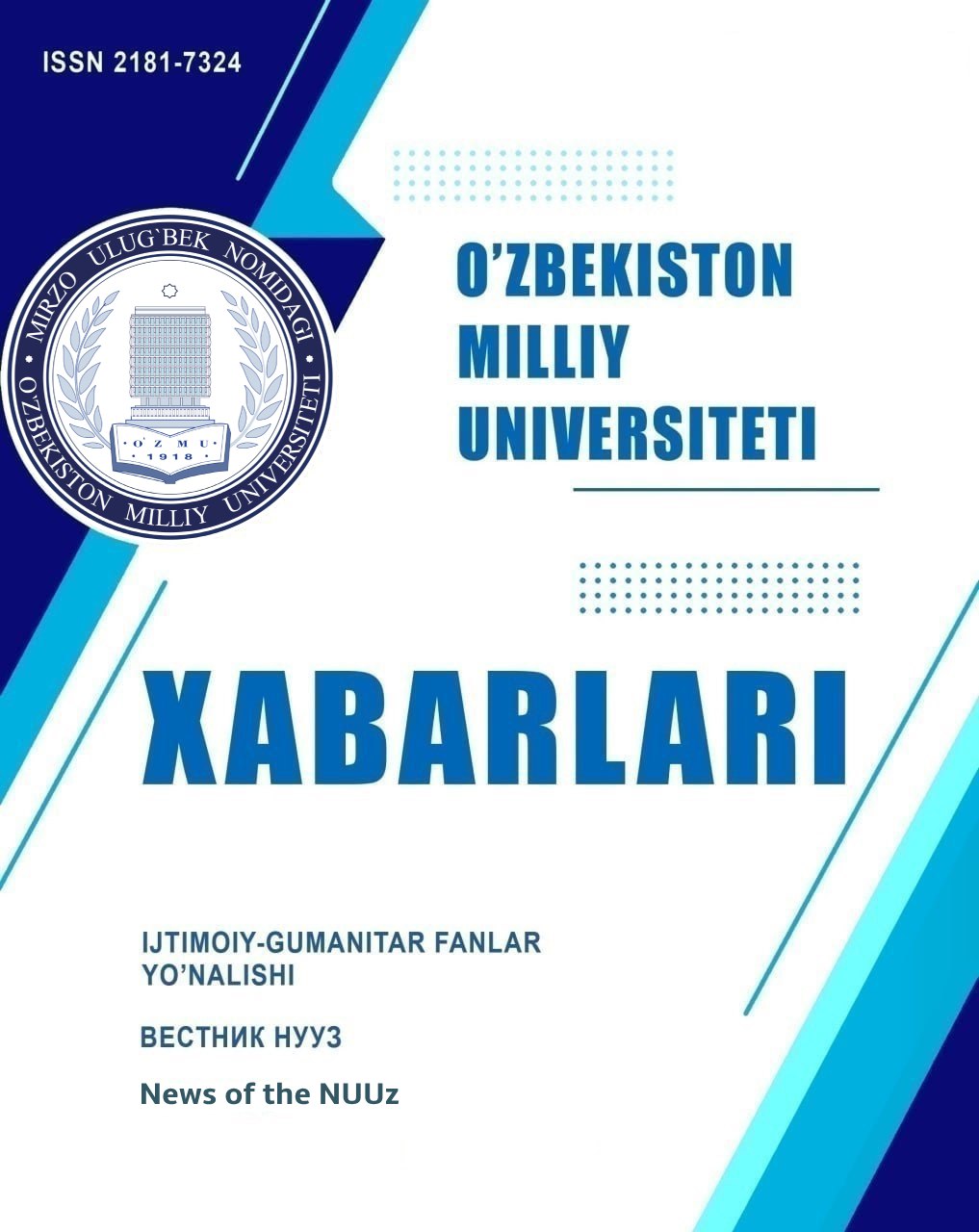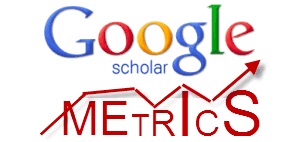NEGATIVE EXPRESSIVENESS: LINGUISTIC ANALYSIS OF INSULTING SPEECH
Abstract
Insulting speech is used to affect the emotional state of the listener, using negative or derogatory words. Various cultural and social contexts exhibit multifaceted manifestations of insulting speech, which are expressed through different linguistic units. In the field of linguistics, this process is analyzed in detail and systematically. This work is dedicated to a deep investigation of the social and linguistic consequences of insulting speech, comparing its characteristics across different languages and cultures
References
Allan, Keith, 2015. When is a slur not a slur? The use of nigger in ‘Pulp Fiction’. Lang. Sci. 52, 187-199.
Avezmuratova, Diyora. "Ingliz va o ‘zbek tillarida hazil nutqiy janri tadqiqiga oid lingvistik masalalar." news of uzmu journal 1, no. 1.2 (2024): 299-301.
Cella, Federico. "Slurs: semantic content, expressive content and social generics." PhenomenologyandMind 11 (2016): 141
Сидорова, Елена Юрьевна. "Вербальная агрессия как коммуникативно-прагматическое явление." Вестник Томского государственного университета 319 (2009): 28-31. 5. Crystal, David. English as a global language. Cambridge university press, 2003.P-1-62
Diaz-Legaspe, Justina. "What is a slur?." Philosophical Studies 177, no. 5 (2020): 1401-1402
Dickens, C. (1992). Oliver Twist. Wordsworth Editions.
Dickens, C. (1992). Great Expectations. Wordsworth Editions.
Dynel, Marta, 2012. Swearing methodologically: the (im)politeness of expletives in anonymous commentaries on YouTube. J. Engl. Stud. 10, 26
Hess, Leopold. "Slurs: Semantic and pragmatic theories of meaning." The Cambridge handbook of the philosophy of language (2022): 452
Hess, L. M. "Perspective and Word Choice. A Study of Expressives, Slurs, and Narrative." PhD diss., sl: sn, 2019.
"Кеча ваКундуз". -Т.:«ШАРҚ», 2007.
Kremin, Lena VL. "Sexist swearing and slurs." Editors-in-chief (2017): 18.
Колядов, Дмитрий Михайлович. "Прагматика оскорбления: интеракционный подход к унижению чести и достоинства." Acta Linguistica Petropolitana. Труды института лингвистических исследований 1, no. XV (2019): 164-183.
O‘Driscoll, Jim, 2020. Offensive Language: Taboo, Offence and Social Control. Bloomsbury Academic, London. 16. Ромазанова, О. В. "Прагматика прозвищ как средств адресации в английском и татарском языках." Актуальные проблемы гуманитарных и естественных наук 4-1 (2015): 379-381.
Sirichan, Kanit Mitinunwong. "THE DIRECT REFERENCE THEORY OF PEJORATIVES IN HATE SPEECH." Philosophia: International Journal of Philosophy 22, no. 2 (2021). P-249-250
Stapleton, Karyn, and Kristy Beers Fägersten. "Swearing and interpersonal pragmatics." Journal of Pragmatics 218 (2023): 147-152.
Stapleton, Karyn, Beers F€agersten, Kristy, Stephens, Richard, Loveday, Catherine, 2022. The power of swearing: what we know and what we don’t. Lingua 277, 1-13.
Shakespeare, William, 1564-1616 author. The Tragedy of Hamlet, Prince of Denmark. [London] :The Folio Society, 1954.
“Уфқ” романи. -Т.: Саъно стандарт, 2016.
Ўзбек тилининг фразеологик луғати. -Т.:Ғофур Ғулом, ЎзР ФА Алишер навоий номидаги тошкент давлат ўзбек тили ва адабиёти университети, 2022. -Б.179
Ерофеева, Елена Владимировна. "Речевой акт оскорбления как коммуникативный ход инвективной стратегии во французском дискурсе." Филологические науки. Вопросы теории и практики 11-2 (2013): 96-98.
Йўлдошев М. Бадиий матн ва унинг лингвопоетик таҳлили асослари. Тошкент, 2007 йил. 60-бет.
https://www.oxfordlearnersdictionaries.com/definition/english/slur_1
https://www.merriam-webster.com/dictionary/swear
https://elibrary.namdu.uz/84%20Badiy%20adabyot%20asarlar/a_qodiriyt_utgan_kunlar_namdu_uz.pdf
https://www.collinsdictionary.com/dictionary/english-thesaurus/idiot
Copyright (c) 2024 News of the NUUz

This work is licensed under a Creative Commons Attribution-NonCommercial-ShareAlike 4.0 International License.


.jpg)

1.png)







